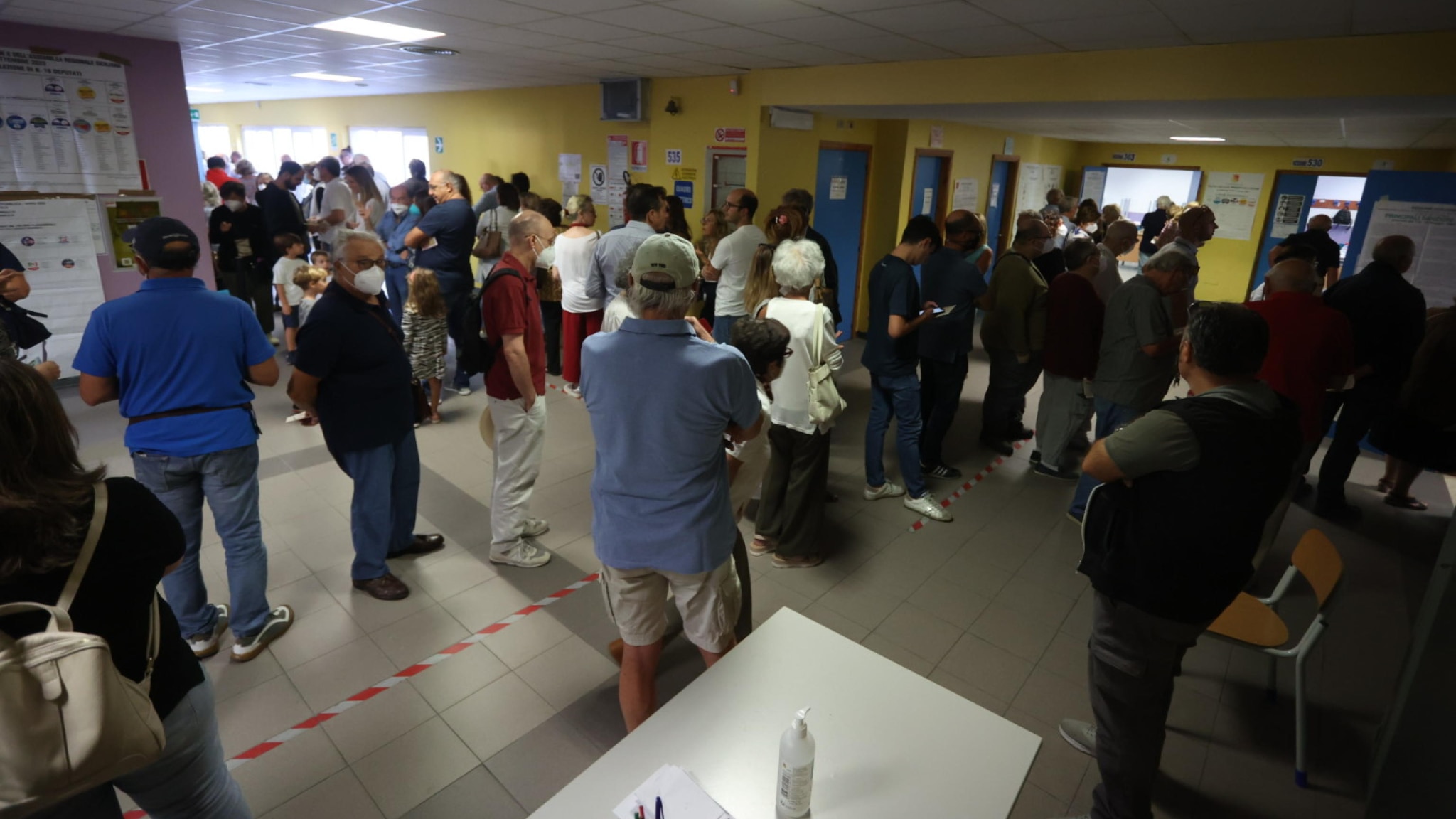Today's were not the first elections with the anti-
fraud coupon
attached to the ballot papers for the House and Senate.
Yet there was no lack of controversy over the queues at the polling stations (recorded above all in the morning and in the big cities).
The novelty of the coupon dates back to the electoral law with which you are voting, the 'Rosatellum';
it is valid only for political elections and made its debut on March 4, 2018. At the time there was a certain slowdown in the polling stations, with queues of varying size, problems that in part have recurred even today.
However, it must be said that at the moment there are no critical situations: only in Rome and Milan, in the morning, but also in Florence and Bologna, there were some small inconveniences.
The anti-fraud coupon is a security system developed to
counter the possibility of replacing the ballot paper at the time of voting
.
It is a lower part of the ballot paper, perforated, rectangular in shape and removable: it has an alphanumeric code and the president or teller detaches it before inserting the same ballot in the urn.
The procedure requires that the polling staff, before delivering the ballot to the voter, take care to note the relevant code of the anti-fraud coupon on the sectional list, in correspondence with the name of the voter, or in the annotations column.
In itself, this operation - repeated for the two House and Senate ballots - involves a not negligible lengthening of the time.
Subsequently, after the voter has left the booth and cast his vote, it is up to the president, or his delegate, to remove the anti-fraud coupon and put the ballot in the
ballot box or let the voter do it;
the operation also provides for the storage in separate envelopes of the two coupons, of different colors (pink for the Chamber, yellow for the Senate).
Again, the time required to complete the procedure may take longer than in the past.
So, in essence, the voter can no longer put the ballot directly in the ballot box (except in the case of regional elections) but must deliver it folded to the president of the polling station, who has the task of checking, through the coupon, that the number matches to the one previously noted on the electoral register.

